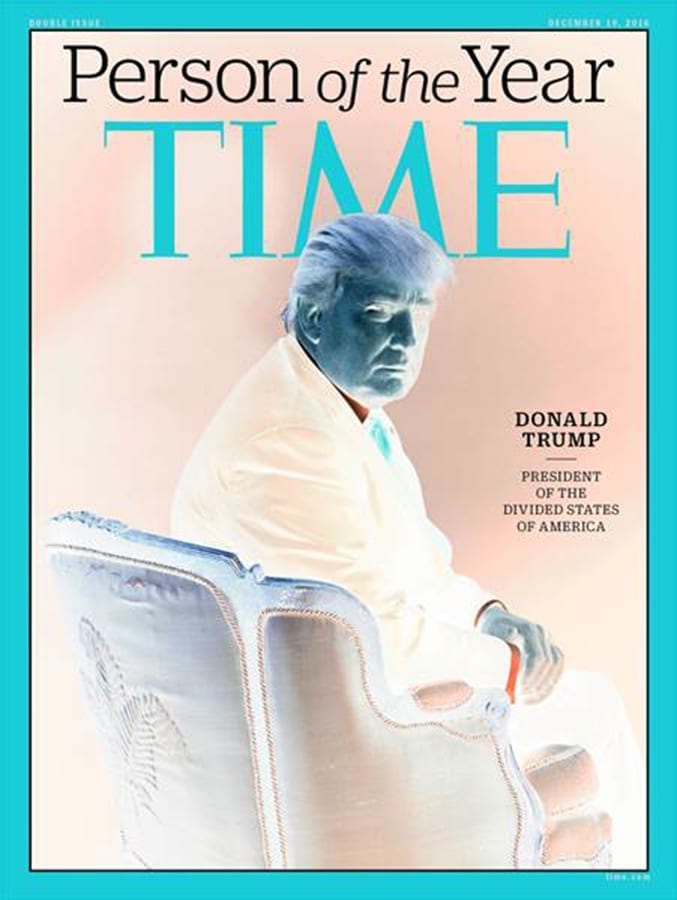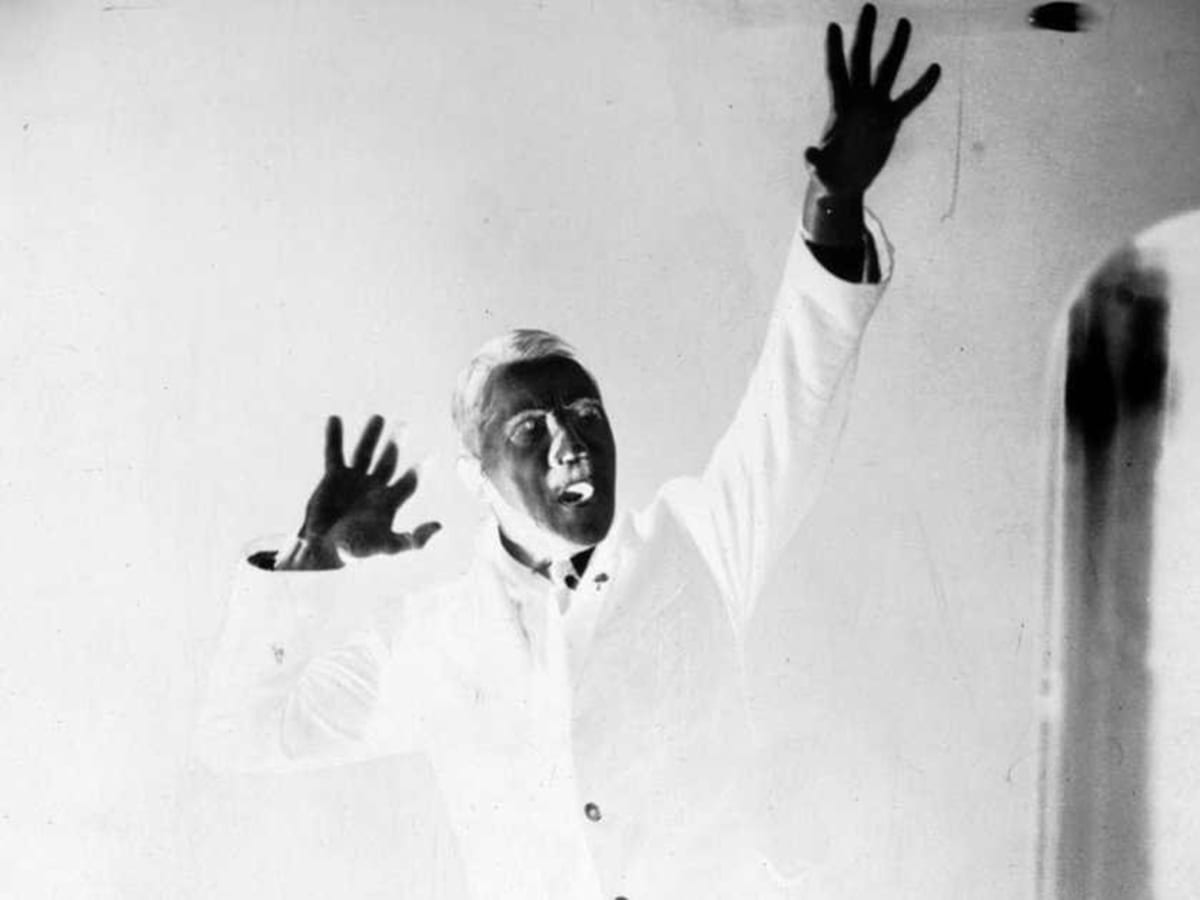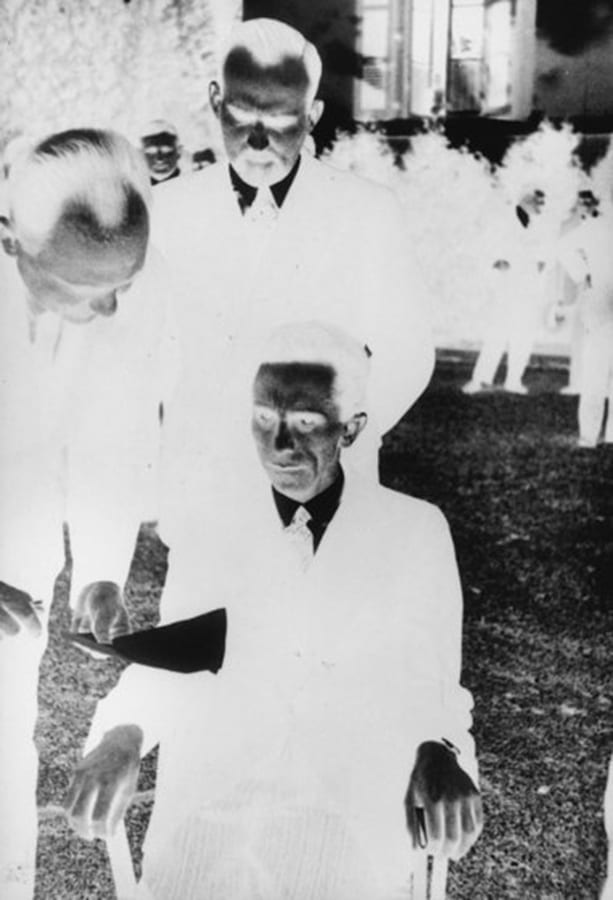“…the recognized status of the iconic does not always reveal itself as healthy, nor does its full meaning and relative system of representation give definition immediately upon its creation”

Mr. Kander,
I rue the idea of writing this to you as an open letter. I find that open letters are endemic of poor plea-bargaining or desperation. They smell of something infernal, implausible and often times unnecessary. I have chosen to employ this formula along with the editorial value as it allows me to write to you my thoughts in a more even, perhaps less aggressive and dissatisfied manner.
You see I am at war with images. In particular, I am at war with the use of photography as belief or worship systems. I find the value of a photographic image whether editorial or other something that we must at all times deconstruct as to its value, its potential value and to the many conduits of which its usage may be optimised with or without the intent of the maker. This brings me to your recent image of Donald Trump for the cover of TIME magazine.
I should also point out that by and large that I am fan of your work and that in assessing this one image and the complexity of it that I am in no way disseminating your intent over the image. I have noticed that it has been co-opted as a “subversive” work of political art. The references to the cover of TIME in 1938 and the use Hitler as the eponymous “Man of the Year” bear certain interesting parallels for sure. I have not yet read as to your intent on the matter in creating the stark image of Mr. Trump. However, I feel a grave uncertainty-no, rather a uncomfortable shiver for the cyclical nature of tyranny in which it has also potentially or will potentially be co-opted. My thoughts, far from academic continue to perhaps abate my own capacity for reason while I look steadfast at the image you have made. I see it as another icon that, like Stalin, Mao or Hitler has been issued by corporate media and rightfully opens up a discussion on several fronts. My genuine apathy towards Mr. Trump should be noted at this point.
That being said, I want to consider a larger question of your image’s use within a contemporary context. Historically, TIME has made use of its “Man/Person of the Year” award in what I believe they consider to be a journalistic pursuit. That is to say, that even though the so called “Man of the Year” may be contentious or villainous, TIME sees no reason as to why they should not use such an image on their cover even if it is polarising by its very nature. Perhaps they can file this action under journalistic integrity whereas I may file it under the perpetuity of aggressive media misconduct and capitalist tendencies to sell magazines at any cost (there goes my objectivity). I do wonder how many copies of TIME have been sold for this cover and their historical predecessors alone, just as much as I do wonder how much you were paid to photograph Mr. Trump. There is nothing wrong with being paid, I am just inquisitively curious.
“That the image exists is reason to believe that it has been given authority by Mr. Trump, who is in all things theatrical, deeply aware of how his image is used, begging some questions as to whose will the TIME cover is broadcasting, presently and in the oncoming future of his candidacy”

In 1925, Heinrich Hoffman created a portentous and theatrical series of photographs of Adolf Hitler preparing and delivering his oratory. The images are wonderful in their own right if one can count absurdity outside of historical progression as wonderful. They show the deliberate conditioning of propaganda in its infancy. These studies were not only for dissemination (that word again) by the media, but were in no doubt used by Hitler as a way to study his physiognomic and theatrical realities and their potential. That Hitler learned something from these photographs, there is little doubt. The power of these photographs would also with little doubt, inspire him towards further real time speeches and further intolerant furore during the Hochzeit of the Third Reich. The images were not used as propaganda in the same manner that Julius Streicher’s “Der Stürmer” would use inhumane caricatures of the Jewish people, nor were they used the same way as the divisive Leni Riefenstahl’s “Triumph of the Will” would use cinema to deliver a more palatable (perception only) sub-context in a more soothing medium. The Hoffman photographs are somehow “soft” efforts. Their loading of intolerance, hatred and anger (boisterous oratory aside) would come to bear in the following years.
My consideration of Hoffman’s images bear little and may be the inverse in reference to what your ultimate goal of Mr. Trump’s portrait may or not have been, but I think it shares a historical similarity, much like the previous and notably cyclical TIME covers of other despots and tyrannical madmen. It is of note that I am not sure what to do about the politics of TIME or any media group who by giving platform to Mr. Trump or others like him may in fact be enabling the despots image-sake towards a self-referential grandeur outside of the realities suffered under their rule. I do wonder though what Mr. Trump has learned from the image you have created and what his legions have made of its use. I do wonder if we are at risk of legitimising this image/man even if the subversive sub-context is understood by a few. That the image exists is reason to believe that it has been given authority by Mr. Trump, who is in all things theatrical deeply aware of how his image is used, begging some questions as to under whose will the TIME cover is being broadcast, presently and further in the oncoming future of his candidacy.
This brings me to the questions of your image and its use in a minor inquisitive way. Apart from being curious as to how you managed the operating theater or shall we say studio in which Mr. Trump adorns the weathered chair (of America, no doubt), I am stuck wondering how the theatricality-his face, the positioning of his body and the grievous look-lets say powerful scowl were brought into being in front of your camera. To be a fly as it were…would I like…to…? Was there an art director with you? Did you position this man who does not look at all intimidated by you in this absurd theater-I might argue and yes I will argue that even though he is sat with his back to camera, (back to the people noted) his look of defiance and rigour is not slovenly per se. I would argue that it is powerful. This is the way most despots or egoists like to imagine themselves. So, I have to ask myself, under whose intent was it to fabricate and use this picture? No doubt TIME had the final word for their cover just as they had the final word on the placement of the “M” in TIME on it, which to the co-opting of the sanctimonious partisan reads like that age old battle, biblical in nature, of RIGHT versus WRONG, GOOD versus EVIL, and is much ado about the Devil and so on and so forth-the iconographic tropes of a secular society believing all symbols end in some mystic parallel universe, somewhere up or down on the elevator. And so, in looking time and time again (uncomfortable puns ALOUD or allowed), I have to ask whether the indignation I feel looking at this is a battle specific to me or whether my deep seated worry that in providing a strong, if terrifyingly so, countenance of Mr. Trump does not lead us down a potentially uncomfortable road in which it is feasible that your image is a boon of strength for the many people who voted his executive life into existence. Bearing in mind that the recognised status of the iconic does not always reveal itself as healthy, nor does its full meaning and relative system of representation give definition immediately upon its creation. That is to say, your image worries me not for what I think your intent might have been, but rather for what might become of its use to the many people that put Mr. Trump in power.
“Images are certainly unavoidable in a future broadcast by terms of repetition over that of substance and acknowledgement in their immediacy of display”

I think this discussion is one worthy of having. I think we should also discuss how this image is perhaps not subversive at all though it may have been your intent that it be so. To create an image in collaboration with a corporate media identity such as TIME, who has (TIME and TIME again) given iconic status to many terrible men of many terrible years is potentially to endeavour propaganda of such an image or a man towards his own goals if the image is taken away from the creator’s intent, whatever that may be towards something more nefarious. Knowing your history a bit, many of your projects and what appears to be a semi-rationale political (if unspoken) stance, I wonder how you are rationalising this image in your career at present and what your attitude towards this image might become should this image be taken from your control and used to strengthen a despot’s gravitas in the media and perhaps spreads the popular misconception of what the “subversive” nature of the iconographic within suggests?
There is one other historical icon to consider. It was made by Alfred Eisenstadt. In 1933, Eisenstaedt photographed Joseph Goebbels, Hitler’s head Minister of Propaganda at a Swiss Hotel. The photograph, which Esienstaedt recounted as a survivor of the war nearly 80 years later, could have (in his words) been entitled “From Goebbels, with love” and depicts Goebbels seated tensely in a chair facing the camera. The look on his face is one of anger or perhaps annoyance at the very least. Though different in the sense that the image was made quickly and without the apparatus of the studio, history has conditioned its message as one in which Goebbels has let his “true face” be shown-the one of racist and seditious “evil”…or so the winner and survivor of history has noted. But, under examination are we to simply believe that this grimace by Goebbels, who allegedly had been smiling at someone to Eisenstaedt’s left a second before, was a grimace in recognition of Mr. Eisenstaedt and his ethnicity within one second of being photographed, let alone allowed for his racism to manifest in such a way so very quickly? Or was it perhaps the general feeling and look many people assume when being photographed unaware? This is not a justification of Goebbels or his acts of atrocity in the realms or press management or media sponsored warfare. What I aim in suggesting with this question is that the winners of history often write the value of symbols and images afterwards. In the case of Mr. Eisenstaedt, he was on the side that was able to do this and for which we should be thankful, but we must soberly be skeptical of the way in which the iconography of this photograph has played out if we are to use the same potential for your image of Mr. Trump. We can only assume or hope that we will be on the winning side of GOOD and decent humanism in the future. If we are not, we must be very very careful in what we choose to do while making images such as that of Goebbels or indeed your icon of Mr. Trump. Perhaps writ large it is better to speak loudly on this image while it is still your own.
In all of my pandering towards what may be obvious to others, I guess my interest is the discussion we should have about images as potent as yours and to where their value, good or evil, may land in the annals (or in this case anals) of history. My intrigue is not to suggest that I would prefer it if a denizen of the Breitbart factory should have made the image any more than I want to speak about the mechanics of your ethnicity in taking this image just yet or perhaps I would have preferred to mythologize the image by having a latino or muslim create the work. It is something that we should perhaps avoid for the present, but what I want to inquire about is whether this is an optimisation of iconic status at play and to which side the icon’s representation will be displayed going forward. Perhaps only TIME will tell us. This inquiry and the failure of my open-ended letter is possibly the true face of an indecisive behaviour beset at the creation of all images. Or in small measure it is an anxiety that best exemplifies your icon that I myself have co-opted. In any event, images are certainly unavoidable in a future broadcast by terms of repetition over that of substance and acknowledgement in their immediacy of display.
(All Rights Reserved. Text @ Brad Feuerhelm.)
